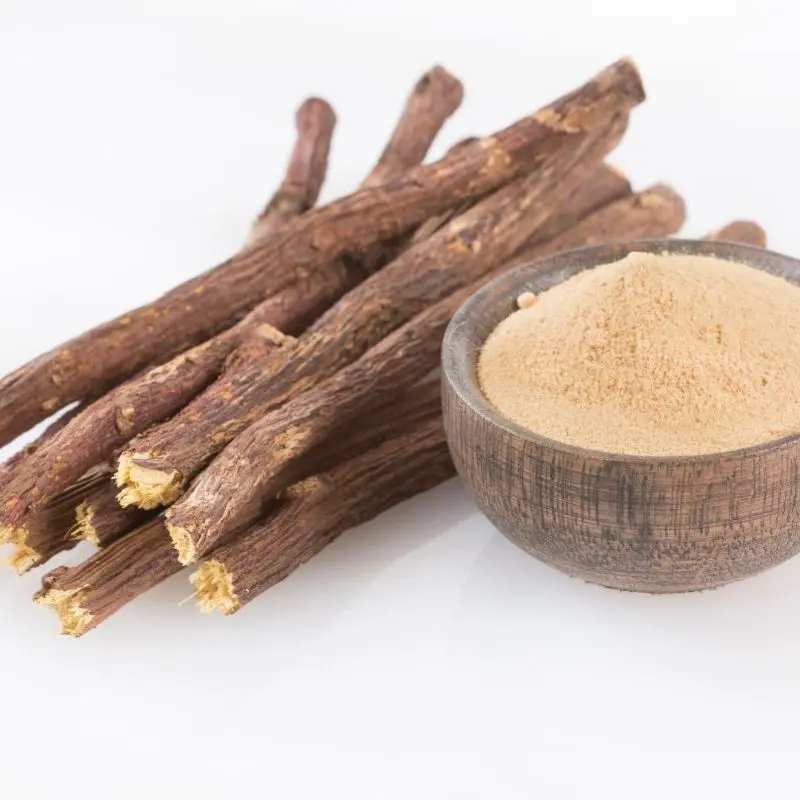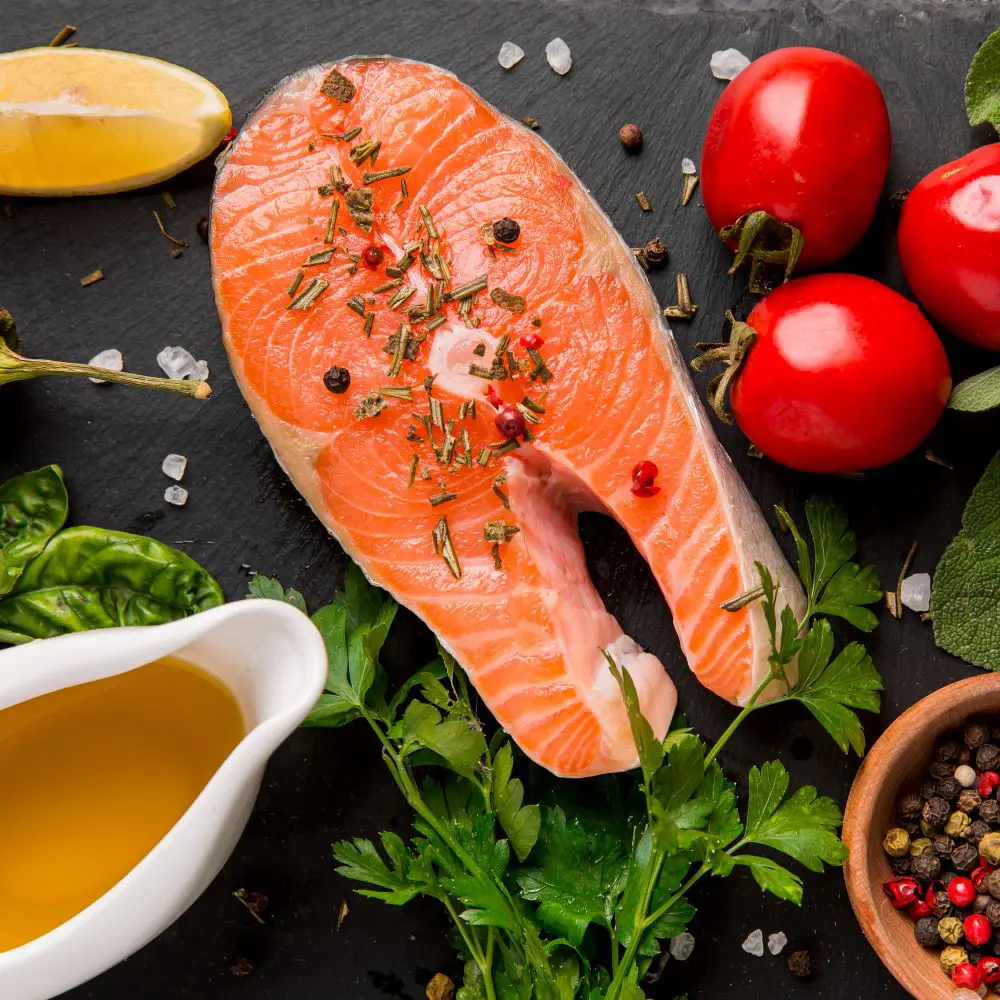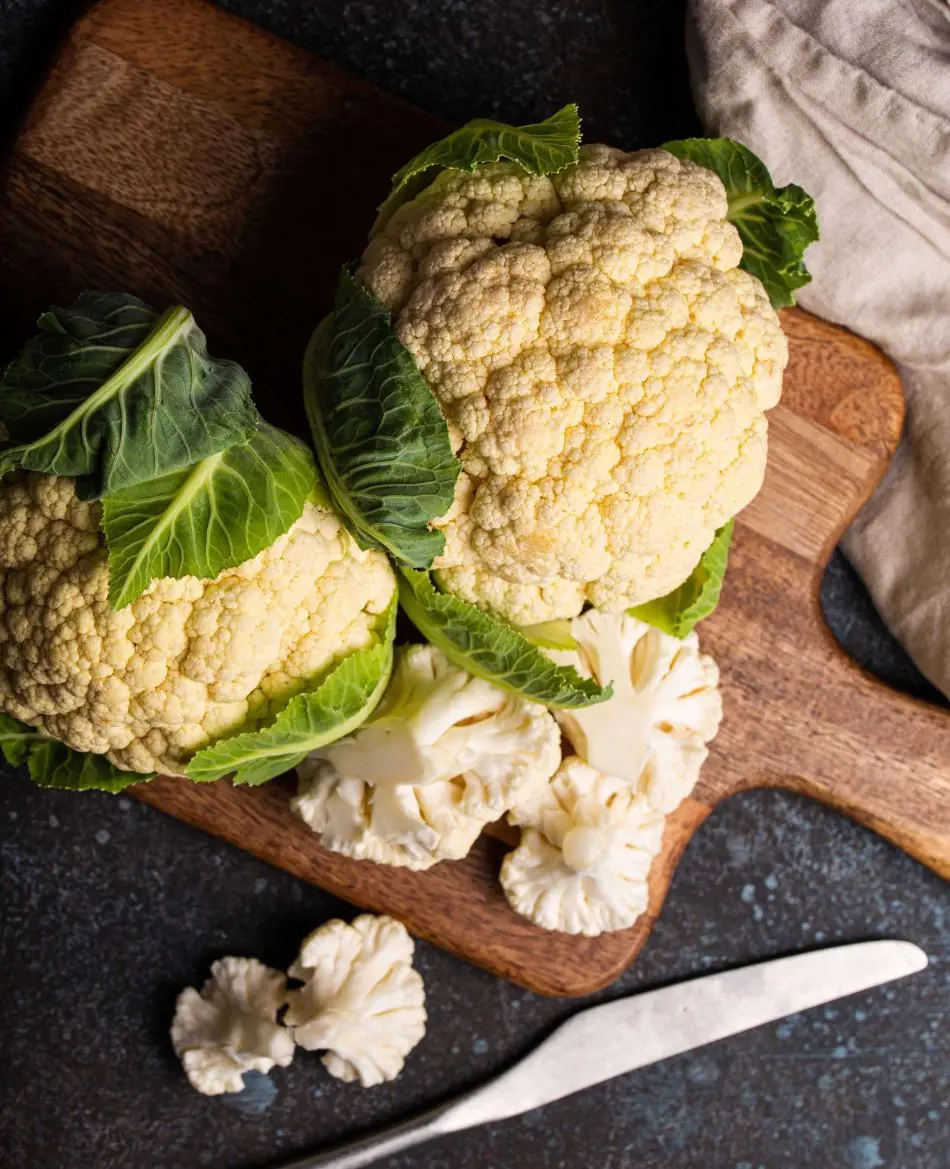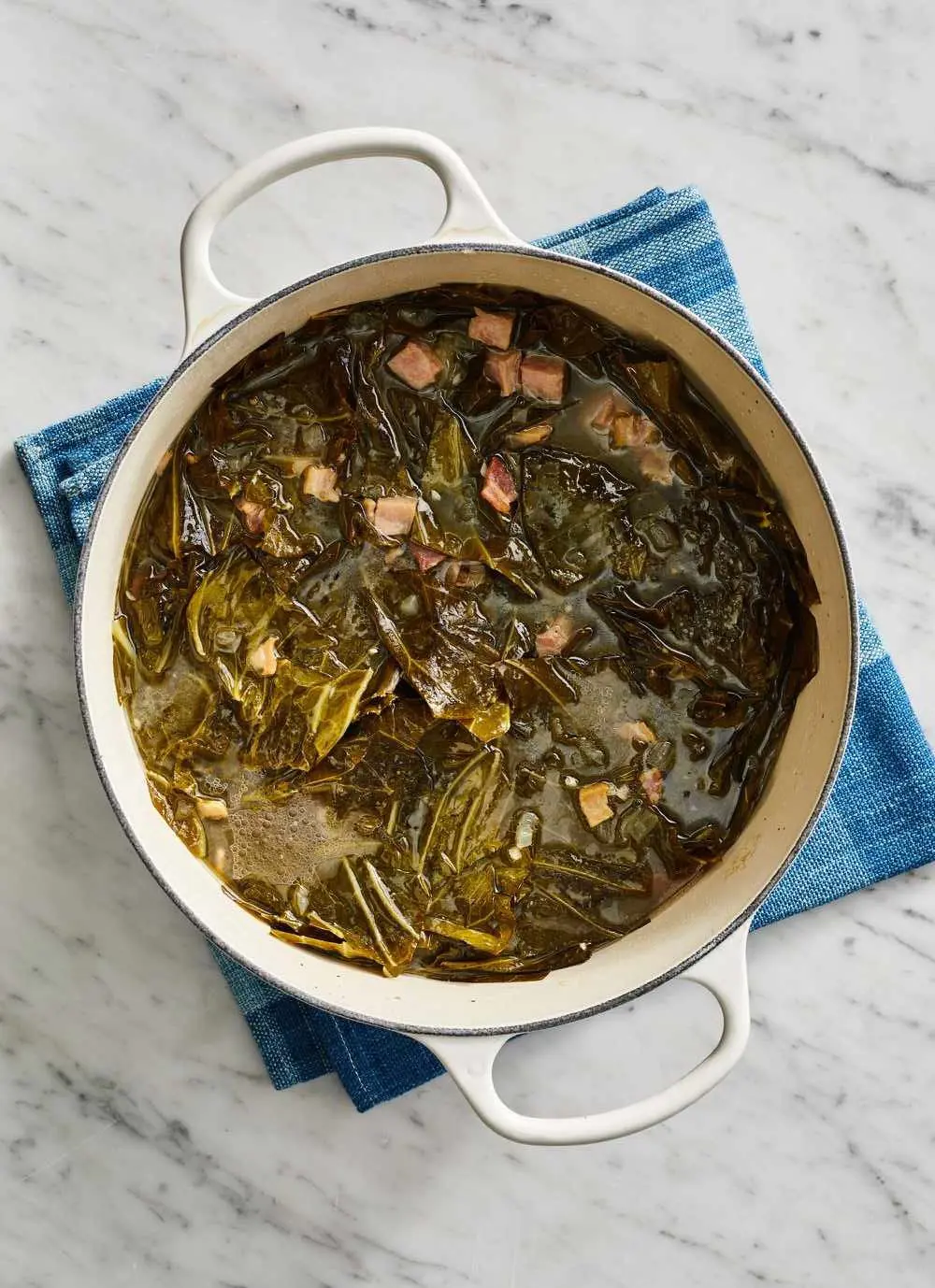White Rice Nutritional Reasons To Include It In Your Diet
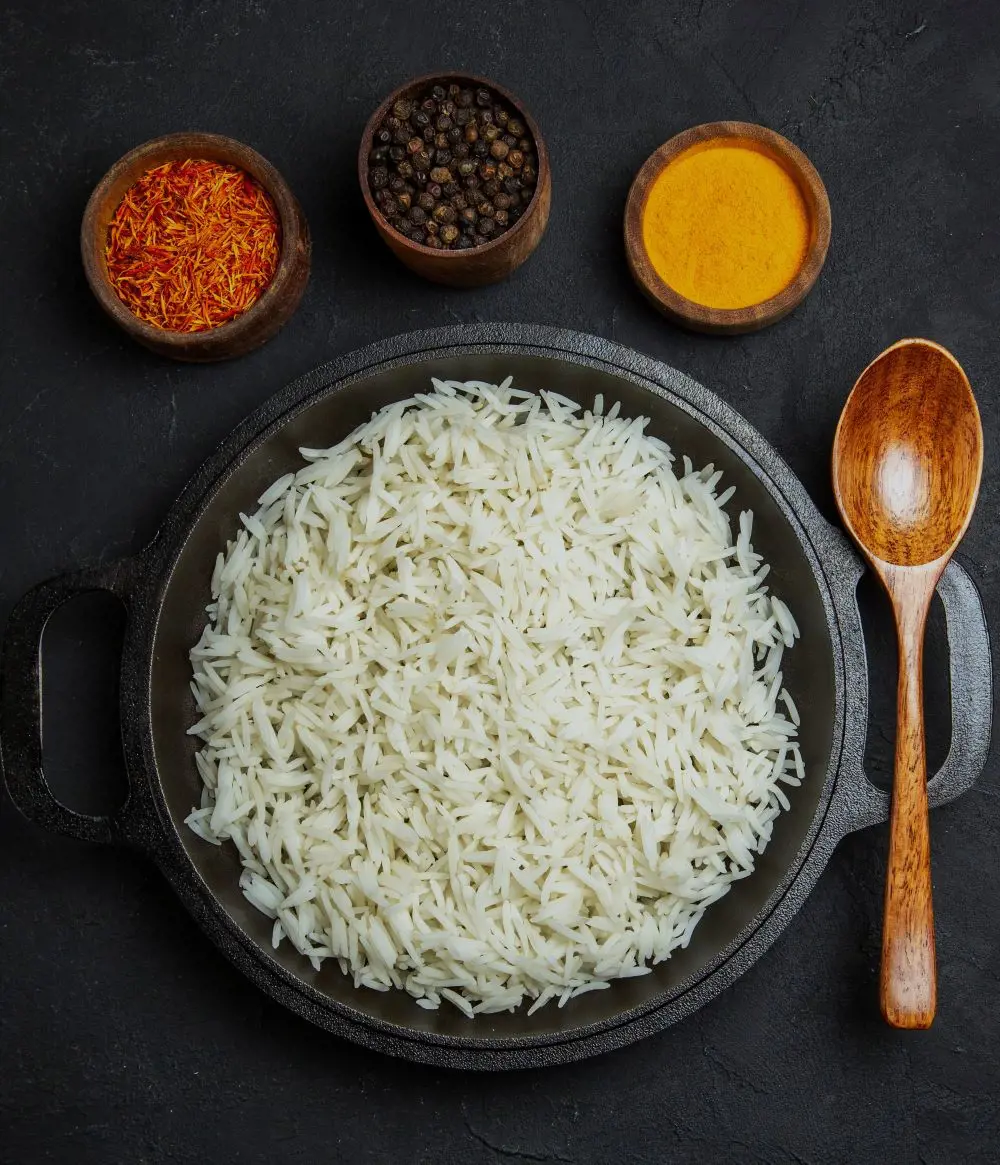
White rice, a staple food for over half the world, boasts a simple yet complex nutritional profile. It's a good source of energy, providing readily available carbohydrates for the body.
It offers some B vitamins, essential for metabolism and nervous system function. This lack of fiber can lead to a rapid rise in blood sugar, potentially impacting those with diabetes or prediabetes. Pairing it with protein, vegetables, and healthy fats creates a more complete and nutritious meal.
White Rice Nutritional Profile
While white rice is often considered a "simple carb," it does hold some nutritional value. Carbohydrates make up about 80% of white rice, primarily in the form of starch. Starch provides energy for the body but lacks fiber for sustained release. It contains a moderate amount of protein (around 4-5% per serving), but it's not considered a complete protein as it lacks some essential amino acids.
It typically contains B vitamins like thiamine (B1), niacin (B3), and riboflavin (B2), important for energy production and nervous system function. However, processing often removes these vitamins, requiring enrichment with synthetic versions.
Here is the breakdown of the white rice nutritional profile down below:
- Calories: 194
- Carbs (grams): 41.1
- Protein (grams): 4.6
- Fat (grams): 0.6
- Dietary fiber (grams): 1.4
- Phosphorus (% daily value, or DV): 7%
- Selenium (% daily value): 27%
- Niacin (% daily value): 23%
1. Contains Ample Amount Of Calories
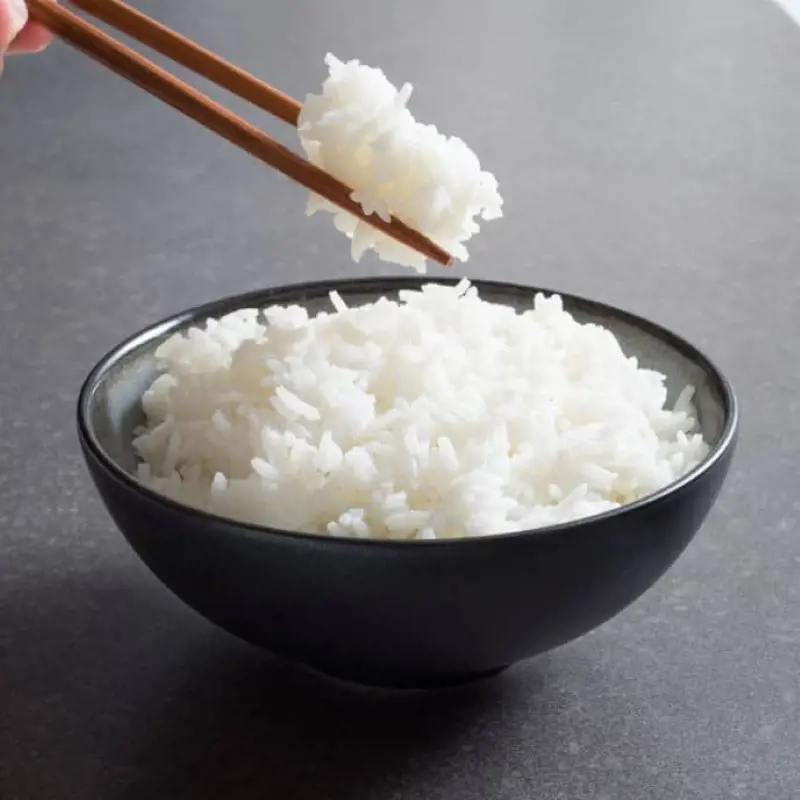
White rice is a common staple food, but its calorie content can vary depending on several factors. Cooked white rice typically contains around 205 calories per cup (185 grams). However, this can increase if cooked with added fat or oil. Different varieties of white rice like long-grain, medium-grain, and short-grain can have slightly different calorie counts due to varying densities.
Be mindful of portion sizes! A cup of cooked rice is considered a standard serving, but larger portions, which are common, will increase your calorie intake. It's recommended to consume it in moderation and pair it with other nutrient-rich foods like vegetables, protein sources, and healthy fats for a balanced meal.
2. Rich in Carbs
In 1 cup of cooked white rice, you can find approximately 45 grams of carbohydrates making it one of the high-carb foods. It's a significant source of energy due to its carbohydrate content.
However, it's crucial to distinguish between two types of carbohydrates:
-
- Simple carbohydrates: These are quickly digested and absorbed, leading to rapid spikes in blood sugar. White rice falls mainly into this category.
- Complex carbohydrates: These are digested more slowly, providing sustained energy and potentially promoting feelings of fullness. Brown rice, whole-wheat bread, and quinoa are examples.
While white rice can be part of a balanced diet, consuming it in moderation and alongside other nutrient-rich foods is essential for optimal health.
3. Some Amount Of Protein Intake
Though it is not a rich protein source, white rice does contain some protein quantities within it. A single cup (185 grams) of cooked white rice only offers around 4 grams of protein, which is about 8% of the recommended daily intake for adults.
White rice protein is considered an incomplete protein, meaning it lacks all the essential amino acids your body needs. This means it's not as effective at building and repairing muscle tissue compared to complete proteins found in animal products, legumes, and some grains like quinoa nutrition.
4. Low In Fats
A typical serving of one cup (185 grams) of cooked white rice contains only about 0.4 grams of fat. This represents less than 1% of the recommended daily intake for fat in most adult diets. It's important to note that this low-fat content applies to plain, uncooked white rice.
If you cook your rice with added oil, butter, or other fatty ingredients, the overall fat content will increase. Additionally, if you eat white rice as part of a larger dish that includes fatty ingredients like meat, cheese, or sauces, the total fat intake will be higher. For a more balanced diet, it's best to consume white rice in moderation and combine it with other nutrient-rich foods.
5. Dietary Fibers
A one-cup serving of cooked white rice typically contains only about 0.6 grams of fiber, which is just 2-3% of the recommended daily intake for adults. This lack of fiber is due to the processing of white rice.
For a more balanced and nutritious diet, consider opting for brown rice, wild rice, or other whole grains that are higher in fiber and nutrients. These options will keep you fuller for longer and contribute to a healthier overall diet.
6. Contains Numerous Minerals In Trace Amounts

White rice can be part of a healthy diet when consumed in moderation. It's a good source of energy, low in fat, and can provide essential nutrients like manganese and magnesium. However, some people prefer brown rice because it retains more nutrients and fiber.
White rice is a widely available and relatively inexpensive staple food for many cultures worldwide. When paired with other nutrient-rich foods like vegetables, proteins, and healthy fats, white rice contributes to a complete meal. Enjoy white rice in moderation as part of a balanced diet that includes plenty of fruits, vegetables, whole grains, protein, and healthy fats.
7. Gives You Energy To Function
White rice can indeed provide energy to function. This is because it's a good source of carbohydrates, which are the body's primary source of energy. When you consume white rice, your body breaks down the carbohydrates into glucose, which enters your bloodstream and fuels your cells. This process provides energy for various bodily functions, including muscle movement, brain activity, and organ function.
While white rice provides quick energy, it's mostly simple carbohydrates that are digested and absorbed rapidly. This can lead to a blood sugar spike and subsequent crash, leaving you feeling tired and sluggish later.
8. Easy To Digest
White rice is known for its ease of digestion, making it a gentle option for individuals with sensitive stomachs or digestive issues. The refinement process removes the outer bran layer and germ, resulting in a grain that is softer and less fibrous. This makes it easier for the digestive enzymes to break down carbohydrates, facilitating smoother digestion.
The simple carbohydrates in white rice are quickly and efficiently absorbed in the digestive tract, providing a readily available source of energy without taxing the stomach. This can be particularly beneficial for those recovering from illness or experiencing digestive distress. To enhance digestibility, pairing white rice with easily digestible proteins and cooked vegetables can create a well-balanced and gentle meal.
9. Supports Nerves, And Muscles

In terms of muscle health, white rice does contribute to carbohydrates, providing energy for muscle function. However, proteins are essential for muscle building and repair. Including protein sources like lean meats, fish, beans, and legumes in your diet is important for maintaining muscle health.
For nerve function, a balanced diet with a focus on B vitamins, especially B6 and B12, is crucial. Foods like meat, fish, eggs, and leafy green vegetables can provide these essential nutrients. While white rice can be part of a balanced diet, it's essential to complement it with a variety of nutrient-rich foods to ensure comprehensive support for bones, nerves, and muscles.
10. Gluten-Free Diet
White rice is naturally gluten-free, making it suitable for individuals with gluten sensitivity or celiac disease. This means it does not contain gluten, a protein found in wheat, barley, and rye that can trigger an immune response in people with celiac disease or gluten sensitivity.
Naturally occurring white rice, including short-grain, long-grain, basmati, and jasmine, are all gluten-free. You can safely enjoy these varieties as part of your gluten-free diet. This makes it safe for people with celiac disease and gluten sensitivity to enjoy it without worrying about gluten exposure.
11. Good Source Of Folic Acid
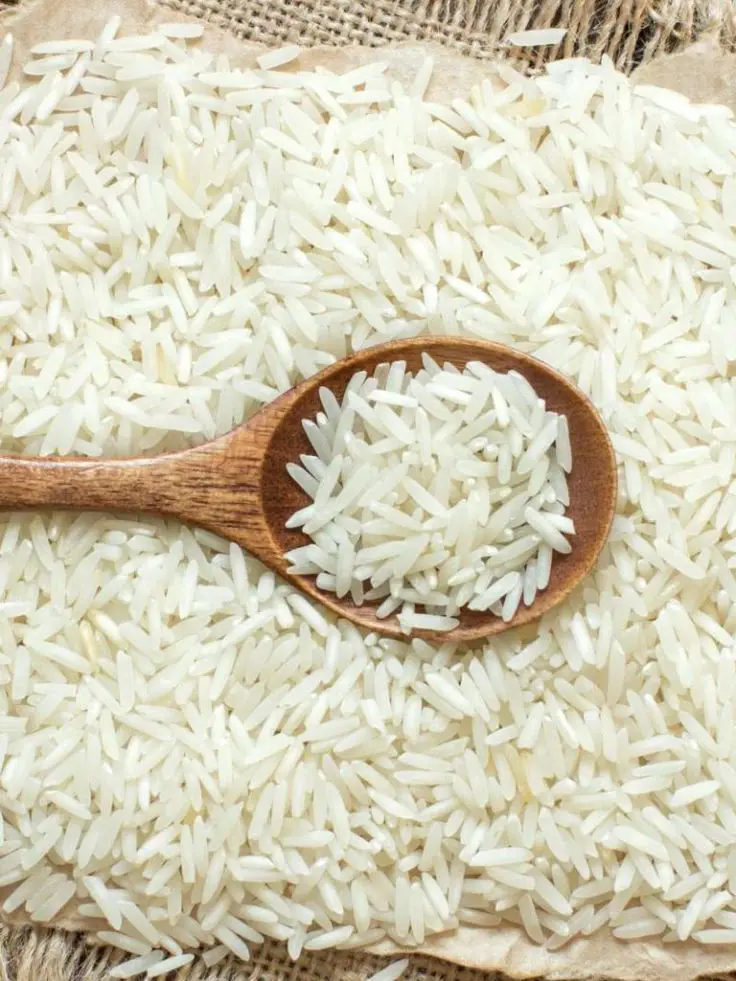
Folic acid, also known as vitamin B9, is an essential nutrient that plays a crucial role in cell growth, DNA synthesis, and red blood cell production. Most white rice in the US is enriched with folic acid and other vitamins and minerals lost during processing. A half-cup serving of enriched white rice can contain 195-222 mcg of folic acid, which is about 50% of the daily recommended value (DV) for adults.
Unenriched white rice naturally contains only a tiny amount of folic acid. Enriched white rice can be one source of folic acid in your diet, but it's best not to rely solely on it. Consider incorporating other, richer sources like lentils, beans, leafy greens, and fortified cereals for a more balanced intake.
12. Blood Pressure Regulation
White rice is a simple carbohydrate that can impact blood pressure regulation. While it doesn't directly cause high blood pressure, it can contribute to it indirectly. White rice has a high glycemic index, meaning it can cause a rapid spike in blood sugar levels when consumed.
When blood sugar levels rise quickly, the body releases insulin to help regulate them. This insulin response may contribute to increased sodium retention and fluid retention, leading to higher blood pressure. Additionally, diets high in refined carbohydrates like white rice have been associated with insulin resistance, a condition that can contribute to hypertension.
13. May Help In Weight Management
White rice can be a bit of a double-edged sword when it comes to obesity and hypertension. On one hand, it's a staple in many diets and provides a good source of energy. On the other hand, it does not have a low glycemic index, which means it can cause a rapid spike in blood sugar levels.
Eating large amounts of white rice without balancing it with other nutrients and fiber can contribute to weight gain. Additionally, the refined nature of white rice removes some of the nutrients and fiber found in brown rice or other whole grains, which may leave you feeling less satisfied and more prone to overeating.
14. Low In Sodium
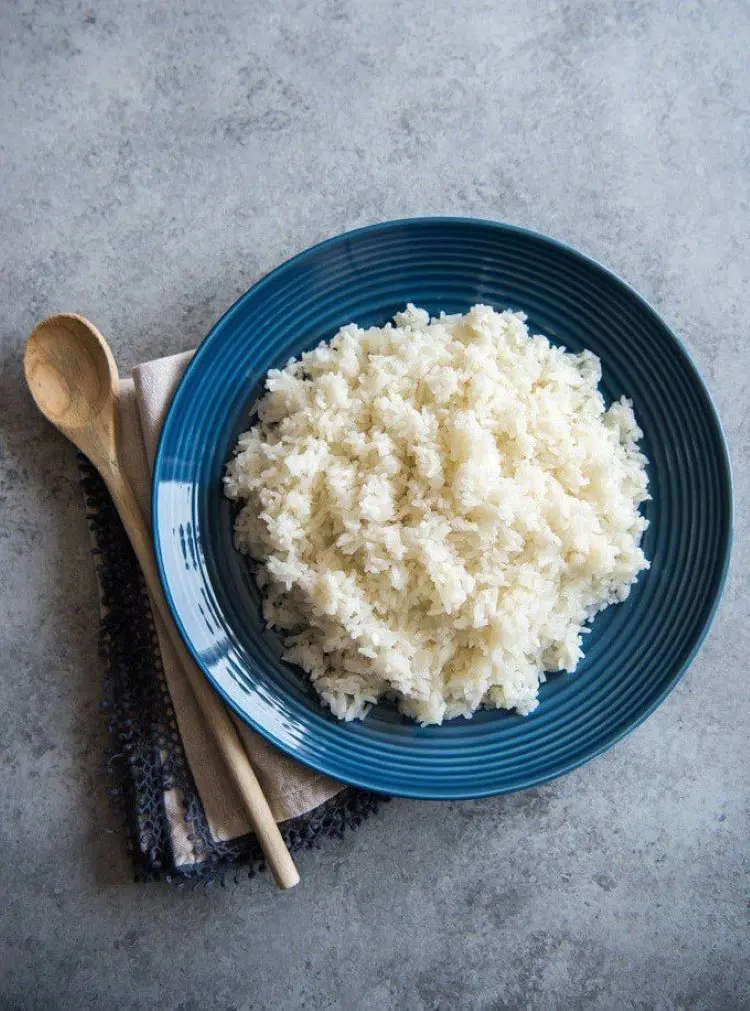
The one advantage of white rice is that it is naturally low in sodium. One of the benefits of white rice being low in sodium is that it can contribute to maintaining a lower overall sodium intake in your diet. High sodium intake is often linked to hypertension (high blood pressure), which is a risk factor for cardiovascular diseases.
By choosing low-sodium foods like white rice, you're helping to manage your overall sodium levels. This is particularly important for individuals who are sensitive to sodium or those trying to reduce their risk of hypertension. A low-sodium diet is generally recommended for maintaining heart health and preventing related issues.
Recent posts
Nutrition
Nutrition
Licorice Root: Benefits And Uses
You can spell it liquorice or licorice; this herb or root has been in use for centuries in most medicinal applications, as a natural sweetener and to enhance flavors. Regarding its origins, it comes from the root of the "Glycyrrhiza galbre" plant and...
Nutrition
Is Salmon Good For You? Nutritional Facts and Benefits
Salmon fish is a staple diet throughout the world, popular as a super food for its nutrients. Whether savored in sushi, poached, grilled, roasted, or pan-fried, salmon offers minerals and vitamins that contribute to healthy bodily functions. In addit...
Nutrition
25 Smoked Salmon Recipes That You Will Enjoy
Salmon is a silver-colored fish that is loaded with many nutrients, vitamins, and omega-3 fatty acids. Smoked Salmon is better for improving your health and reducing the risk of cancer, heart-related diseases, fights inflammation, reduces anxiety and...
Nutrition
Are Sausages Healthy? Nutrition And Health Benefits
Sausages are tasty in an addictive way, making them one of the most popular foods worldwide. You may have enjoyed this convenient food often, whether on a bun with mustard or grilled on a barbecue, the simple preparation methods are what makes its co...
Nutrition
20 Vegetables That Are Rich In Iron
Iron is essential for our bodies to function well. When we don't get enough iron, we often feel weak and tired. It's important to address iron deficiency early by eating the right foods. Fortunately, many vegetables are rich in iron and can help prev...
Nutrition
15 Cauliflower Nutrition Facts And Health Benefits
Cauliflower, a cruciferous vegetable, resembles a white variation of its relative, broccoli. Like broccoli, it has closely bunched florets attached to a thick core, often surrounded by a few leaves. While white is the most common color, cauliflower i...
